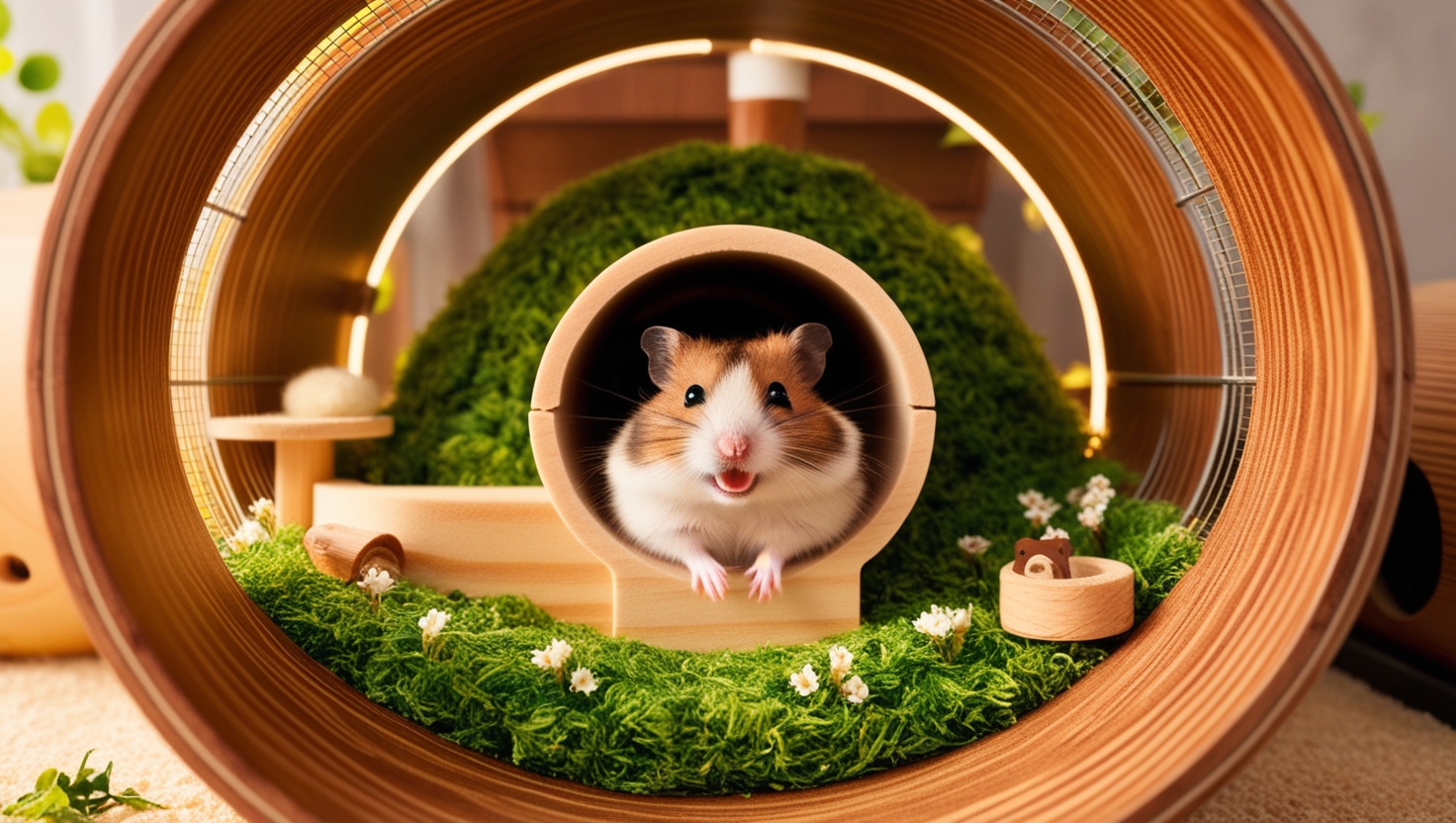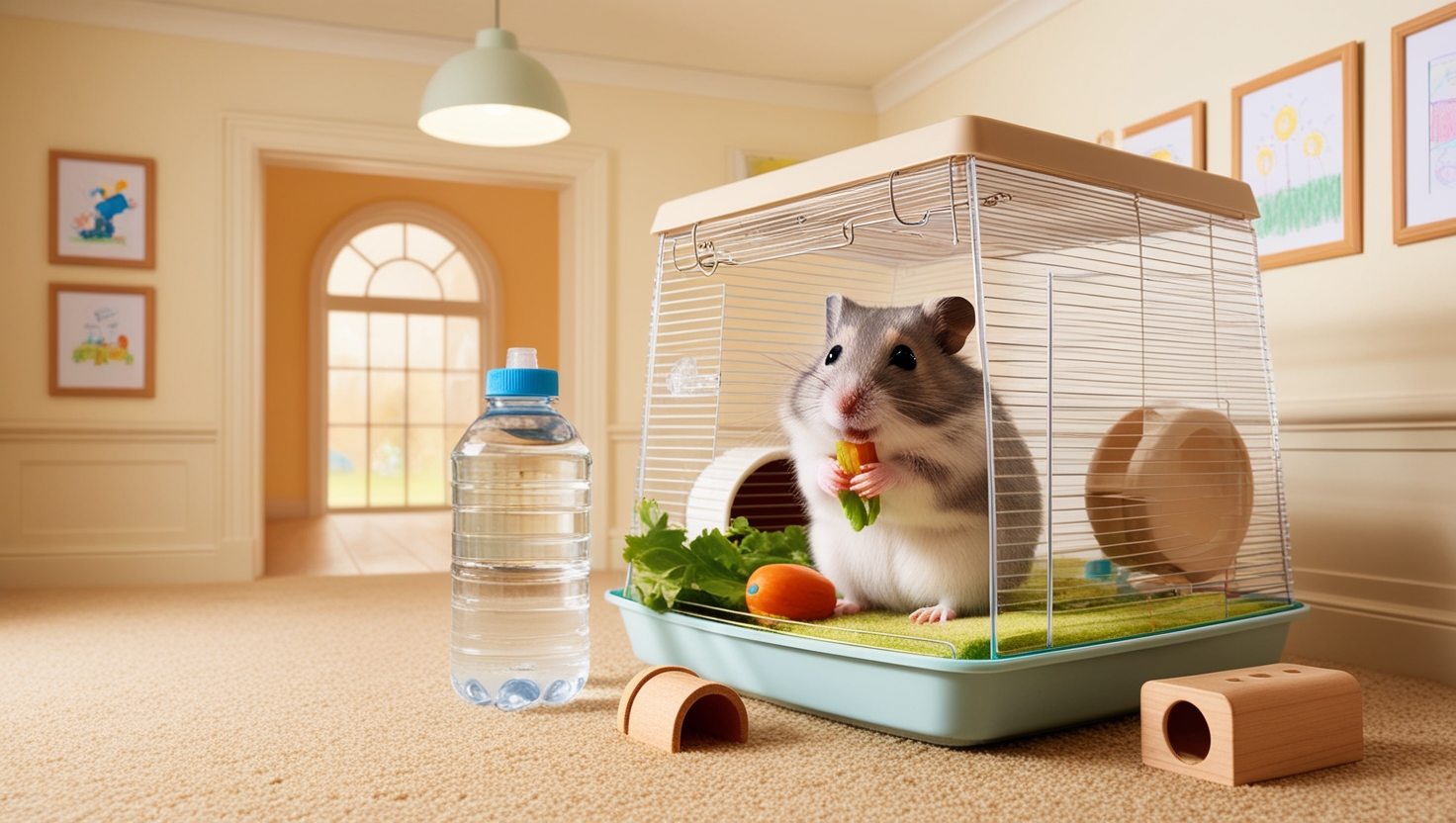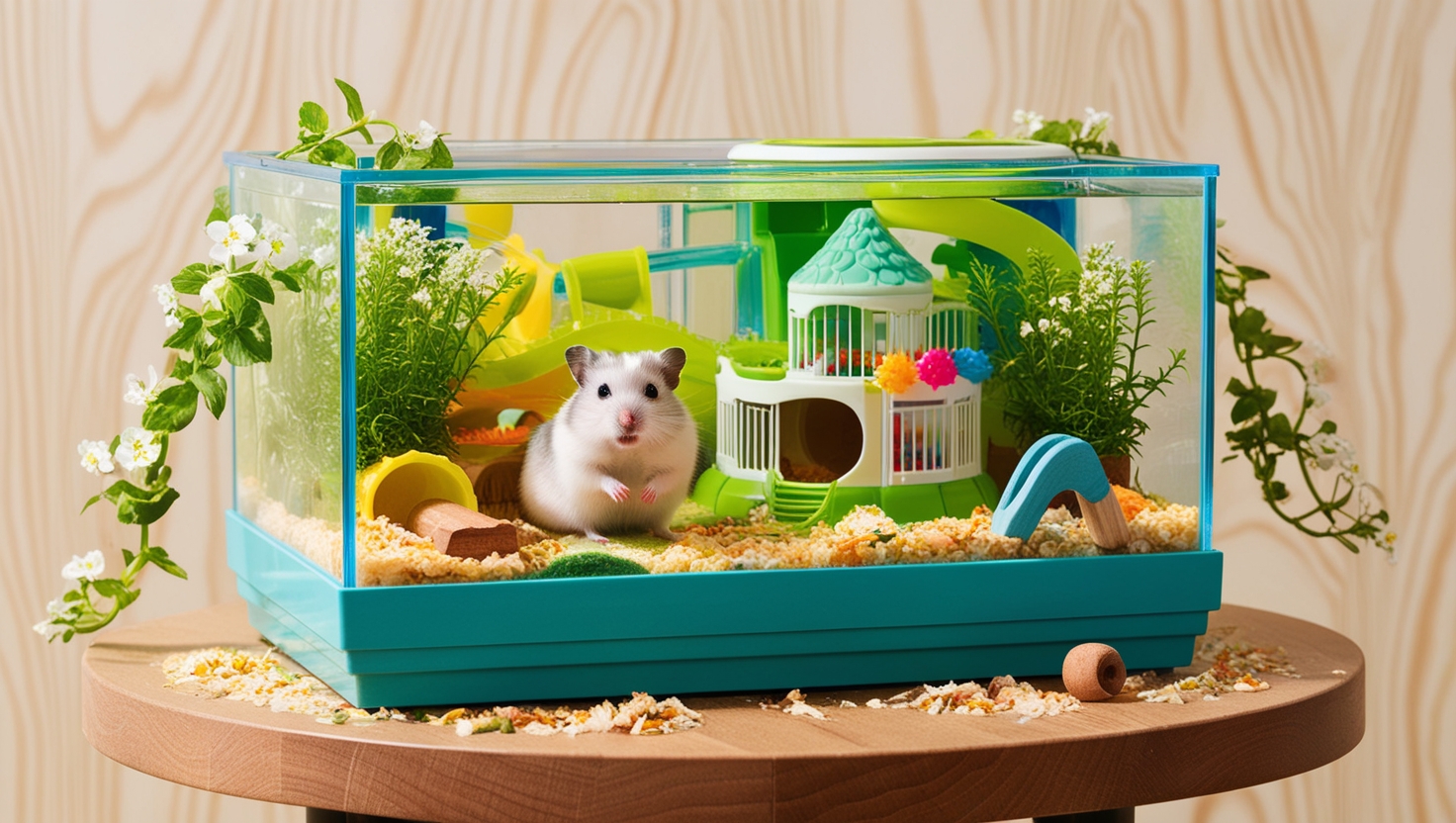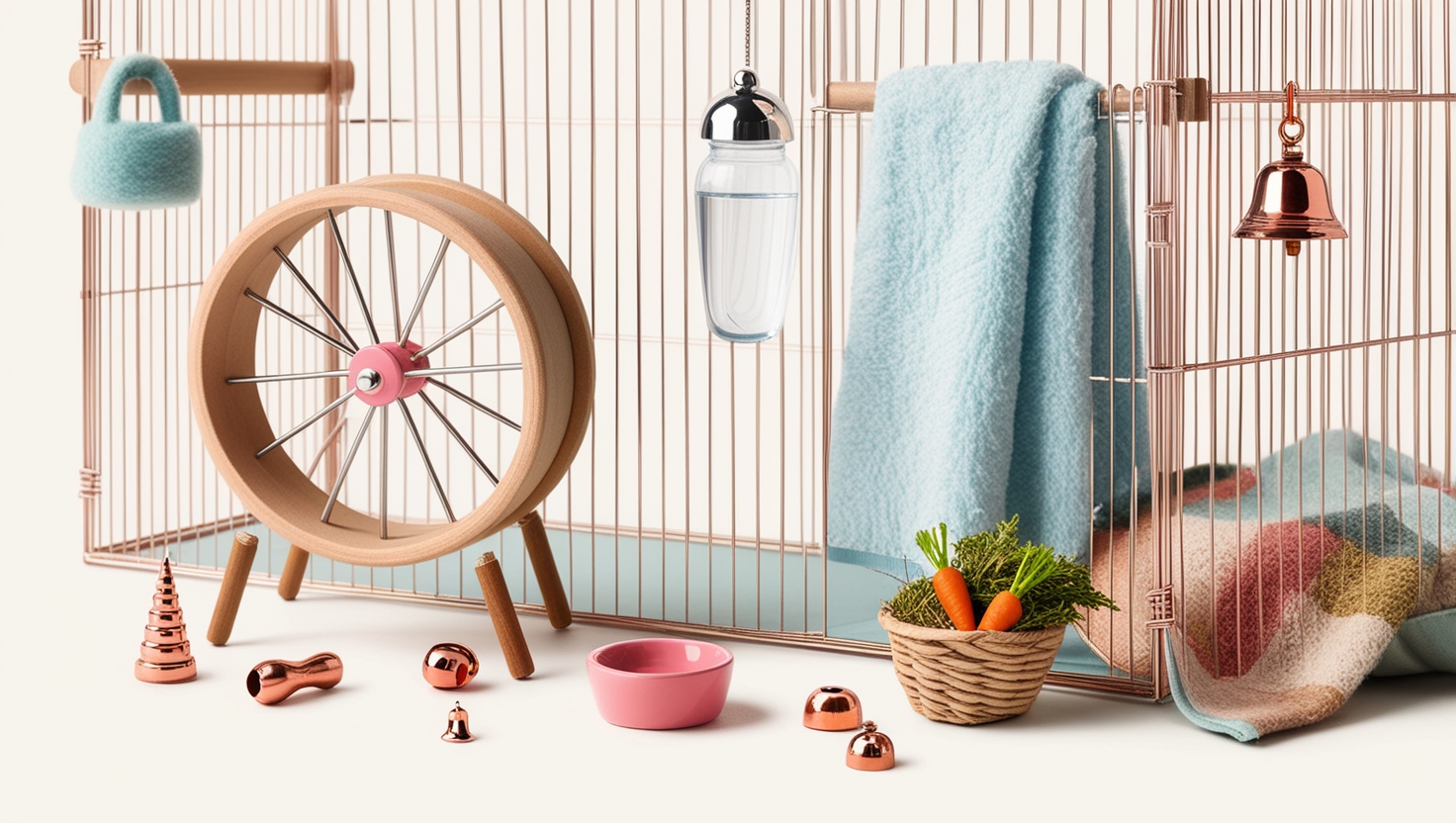So, you’re thinking about welcoming a hamster into your home and considering a glass cage or a creatively repurposed aquarium? Excellent choice! As an experienced hamster parent and advocate for these adorable creatures, I can confidently say that glass enclosures can offer a fantastic living space for your furry friend. They are sleek, modern, and provide a panoramic view of your hamster’s bustling life. Plus, with a little creativity, you can transform a simple glass tank into a personalized hamster haven. Let’s explore how to create the perfect glass home for your hamster!
Why Choose a Glass Hamster Cage?
Glass hamster cages, whether specifically designed habitats or repurposed aquariums, offer a unique set of advantages over traditional cages:
1. Ample Space for Burrowing and Exploration: Hamsters are natural burrowers who thrive in expansive environments. Glass tanks provide the depth and space necessary for them to create elaborate tunnel systems, mimicking their natural habitat.
2. Exceptional Ventilation: Unlike plastic cages, glass enclosures offer superior ventilation, ensuring a constant flow of fresh air for your hamster.
3. Aesthetics and Visibility: Let’s face it, glass tanks are just plain cool! They add a touch of modern elegance to your home and offer a clear, unobstructed view of your hamster’s every adorable antic.
4. Affordability: Aquariums, in particular, are often available at budget-friendly prices, especially if you’re open to buying secondhand. This makes them a cost-effective option for creating a spacious and stimulating hamster home.
Setting Up Your Glass Hamster Cage: A Step-by-Step Guide
Transforming a glass tank into a hamster haven is a rewarding experience. Here’s how to do it right:
1. Choose the Right Size: Bigger is always better when it comes to hamster cages. Aim for a tank size of at least 450 square inches of floor space, but remember, more space is always better!
2. Secure a Well-Ventilated Lid: Proper ventilation is crucial. Choose a mesh lid that allows for optimal airflow while preventing escapes. Ensure it’s securely fastened to the tank.
3. Lay Down the Bedding: Opt for a thick layer (at least 6 inches deep) of safe and absorbent bedding like aspen shavings, paper-based bedding, or a combination of both. This encourages burrowing and helps absorb moisture.
4. Create a Burrowing Zone: Dedicate one area of the tank specifically for burrowing. You can use a deeper layer of bedding, a specialized burrowing box, or even a ceramic hideaway.
5. Furnish with Enrichment Items: Keep your hamster entertained and stimulated with a variety of toys and enrichment items:
- Hamster Wheel: Choose a solid-surface wheel that’s large enough for your hamster to run comfortably without arching their back.
- Chew Toys: Provide a variety of safe wood chews, cardboard tubes, and other gnawing materials to satisfy their natural instinct to chew.
- Hides and Tunnels: Offer multiple hiding spots and tunnels made of safe materials like ceramic, wood, or cardboard.
6. Food and Water Dispensers: Place a sturdy ceramic food dish and a water bottle or bowl in easily accessible locations.
7. Regular Cleaning: Spot clean the cage daily and perform a full bedding change at least once a week to maintain a hygienic environment.
Expert Tip:
“When setting up your hamster’s tank, consider creating different zones for different activities,” advises Dr. Lisa Campbell, a veterinarian specializing in small animal care. “This encourages natural foraging and exploration behaviors.”
Making Your Hamster’s Glass Cage a Home
Remember, creating a comfortable and stimulating environment for your hamster is key to their happiness and well-being. Don’t be afraid to get creative and personalize the tank with fun and engaging elements!
Ready to Dive In?
Choosing a glass hamster cage is a wonderful way to provide your furry friend with a spacious and enriching home. By following these tips and adding your personal touch, you’ll be well on your way to creating a hamster haven that both you and your hamster will adore. Have any questions or tips of your own? Share them in the comments below! And be sure to check out our other blog posts for more hamster care tips and tricks.







